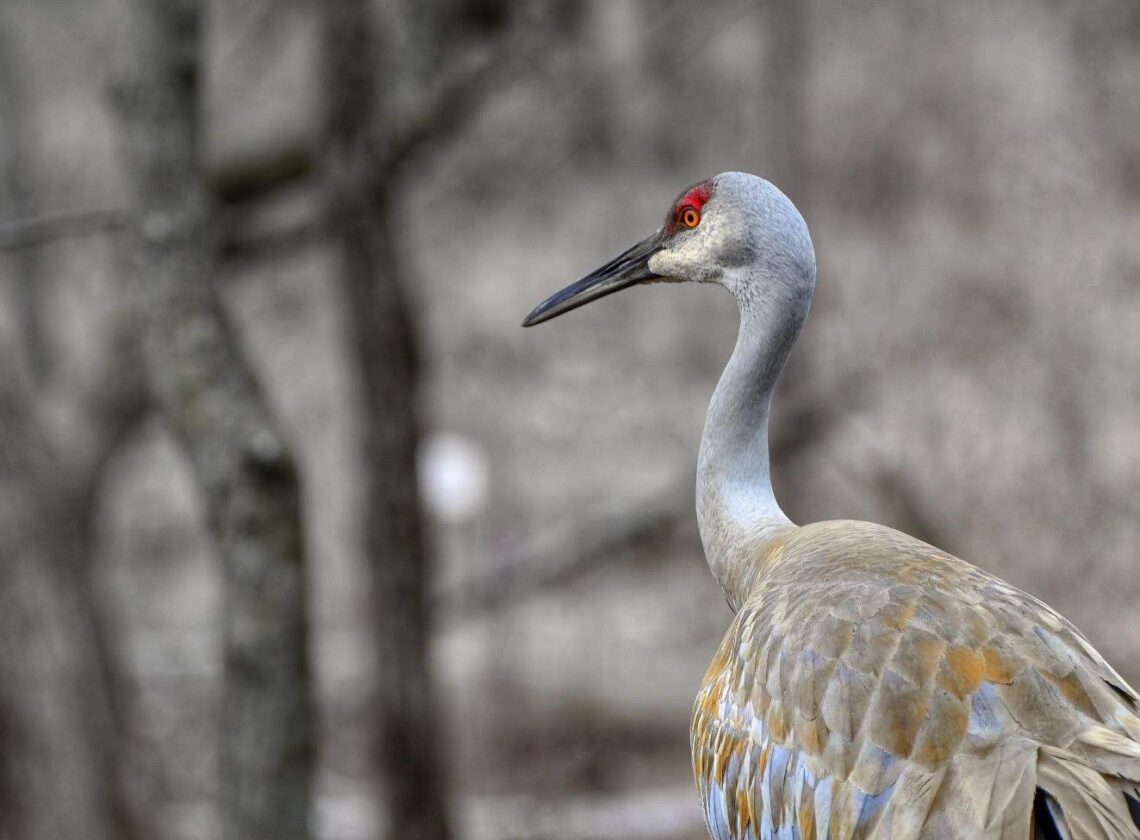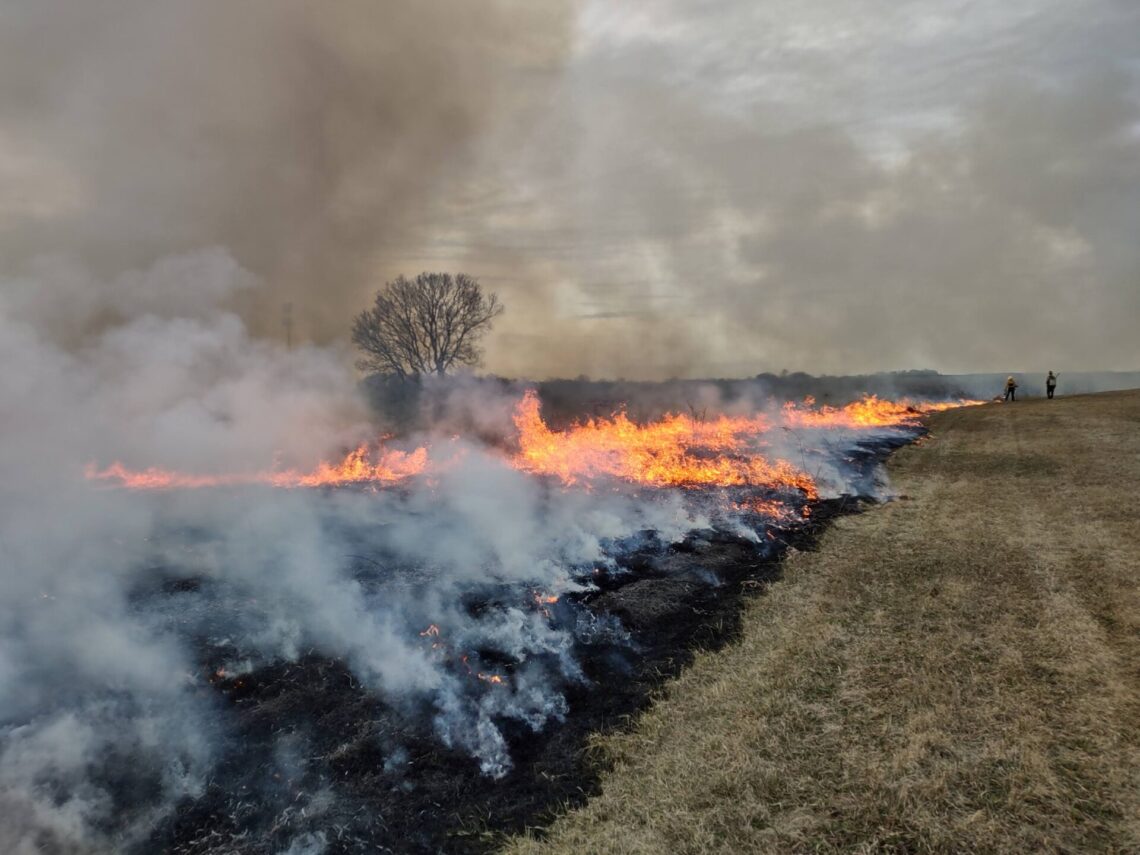Now that winter is (hopefully) in the rearview mirror, it’s time to start getting excited about spring and all that it brings! The most recent snowfall is melting away, the birds are singing, plants have started emerging from the soil, and somehow that stinkbug crawling along my ceiling managed to survive the winter. Like seriously, I’m not the only one who has been evicting occasional stinkbugs all winter, right?
Anyway, as we prepare for the warmer days ahead, let’s take a minute to see what nature’s been up to.
Despite the several inches of snow we just got earlier this week, pasque flowers continue to bloom, and have been out for almost a month! These fuzzy little spring flowers are tough and can handle the wild weather that we’ve been having lately. They can tolerate snow, high winds, and frosty nights due to their ability to insulate themselves so well.
Did you know that while pasque flowers look very similar to the crocuses you find blooming around your neighborhood this time of year, they are actually an anemone which is in the buttercup family?
If you’ve been near a wetland recently, you may have noticed that all of the fuzzy little buds on willow branches have opened up and are bursting with color. Willows are some of the earliest woody plants to begin leafing out and flowering. They are often scattered amongst red-osier dogwood which competes for the showiest plant color this time of year.
The bugling of cranes overhead is probably the most significant sign of spring for me. To think that many of them have been enjoying sunny Florida all winter, yet still make the long journey back home to Wisconsin, makes me smile. They usually start making their way back around March and in April and May they’ll start nesting. These prehistoric-looking birds mate for life (sometimes up to 20+ years) which is why you will often see them walking in pairs.
Lastly, it’s prescribed fire season! While it can look harmful to nature, it does quite the opposite. Many species of plants and animals evolved alongside fire and certain ecosystems need it to survive. As critters begin emerging from the ground and migrating from the south, we want to ensure they have healthy habitat to live in which is why we use fire safely as a management tool.
Just a reminder that if you see a crew burning at a public area near you, please give them plenty of space and keep all pets leashed. Their top priority is safety, and you can help with that.
I hope you enjoyed this month’s nature update and I’ll see you next time!
Cheers,




